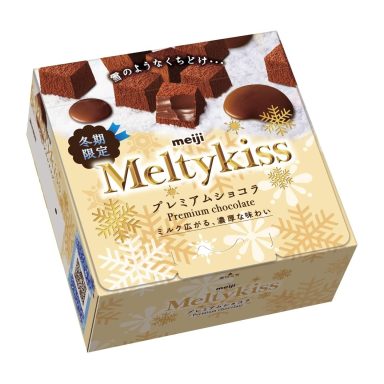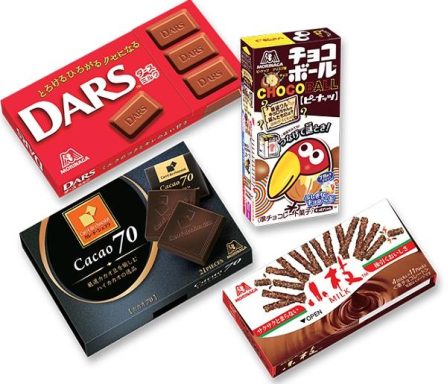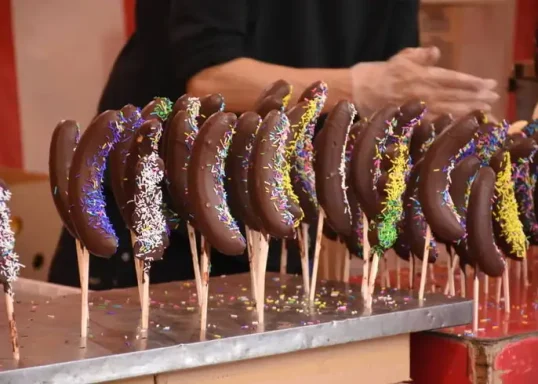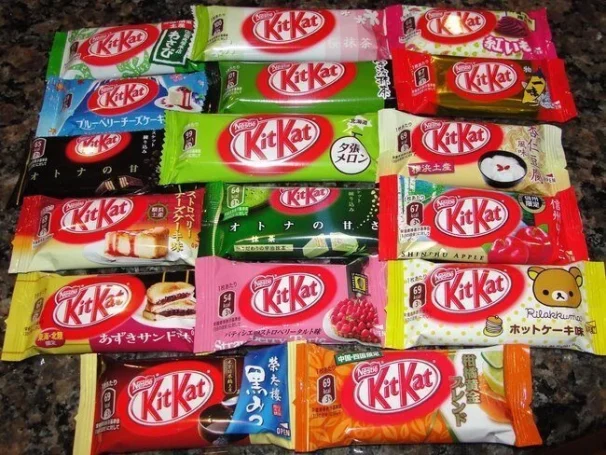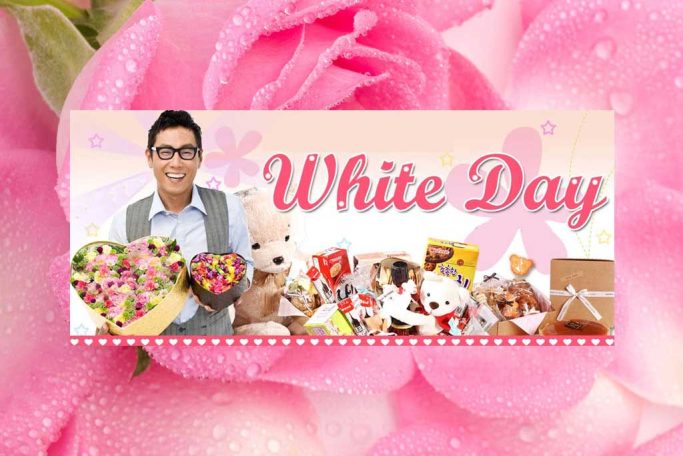Chocolate
This delicacy is enjoyed by people all over the world in many different shapes and tastes. Be it hot or cold , liquid or solid, salty or sweet or even in a sauce or spread, chocolate is one of those things that is world-wide.
The people of Asia and more specifically Japan share in this fondness for sweet chocolate. This is true in the form of rich desserts, simple confections, and also drinks. While chocolate does not originate from Japan, the country has been known to put their own spin on the treat. New chocolate products are constantly being introduced, and people in big cities such as Tokyo have been known to queue up in front of famous chocolatiers for the chance to buy the latest chocolate creation. In Japan, chocolate is especially popular around Valentine’s Day, when it is customary for women to give men chocolate.
The History of Chocolate in Japan
During the Sakoku, Japan's policy of national isolation (between 1650 and 1842), chocolate was very difficult to obtain and was first seen as a beverage in the hands of Dutch merchants visiting Nagasaki, the only accessible port in the country during the isolation. This is why chocolate failed to make an impact on the Japanese at first.
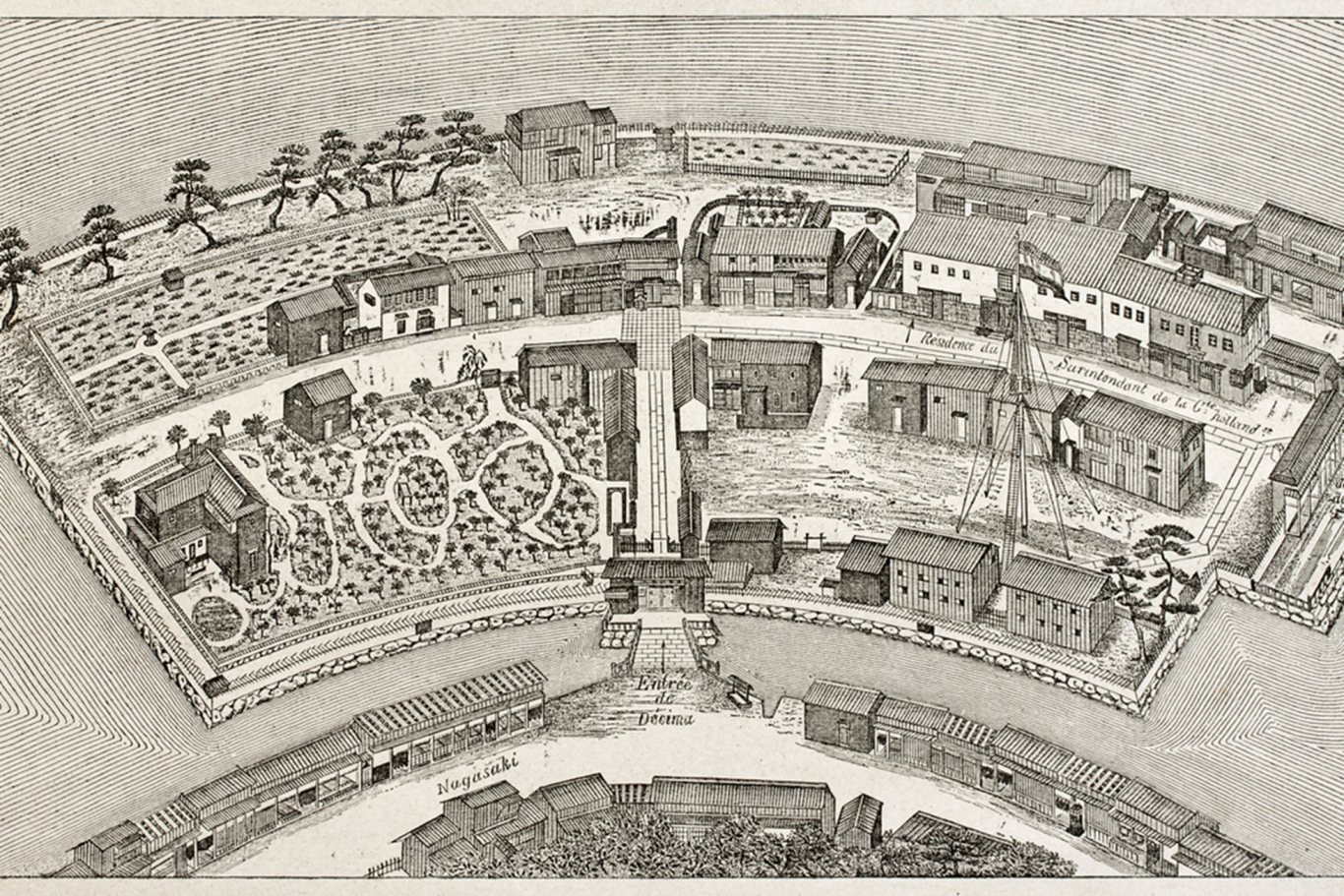
Dutch commercial enclave of Nagasaki, one of the first foreign commercial enclaves.
After Japan ended its isolation, Western confectionery became available where non-Japanese settled, such as in Yokohama. But chocolate remained an expensive imported product, purchased almost exclusively by foreign residents or wealthy Japanese who had taken to everything Western.
As cacao wasn’t produced in the country, there was no way for the majority of Japanese people to experience chocolate in the 18th century; instead, popular confectionery was limited to traditional wagashi (plant based pastries served with tea such as mochi or daifuku) .
The Japanese chocolate industry began in earnest in the early 1900s, when Taichiro Morinaga returned to Japan from the US and opened Morinaga’s Western Confectionary Shop. His passion for Western confectioneries led to both the first modern candy company in Japan and the country’s first mass produced chocolate in the form of Milk Caramel, an immediately popular pocket-sized box filled with individual snack pieces which appeared in 1914. His Morinaga milk chocolate bar arrived four years later: the first bean-to-bar product that elevated chocolate from an imported luxury item to a domestically produced – and thus widely accessible – treat. Clearly it was impactful enough on the Japanese that a rival company, the Meiji Chocolate Company (established in 1918) raced to release their own chocolate bars in 1926.
By the 1960s, chocolate had become more popular in Japan than other types of confectionery, and an interest in finer chocolate grew over the next few decades as Japanese people traveled, worked and studied abroad in Europe. When England’s Kit Kat bars arrived in Japan in 1973, the opportunity for inventive flavors snowballed: since the year 2000, there have been over 300 limited edition Kit Kat flavors, all exclusive to Japan. Some flavors to name a few are Sakura (cherry blossoms) , matcha latte, amazake (a sweet rice drink), ramune lemonade, cheesecake and watermelon.
Nowadays there are five major Japanese chocolate brands that dominate the convenience store shelves: Fujiya, Lotte, Ezaki Glico, and the long-established Morinaga and Meiji. As one of the leading Japanese chocolate manufacturers, Meiji chocolate is available in almost 130 different product forms, like the deliciously rich Meltykiss. These chocolate truffle cubes dusted with cocoa powder are designed to melt at mouth temperature; they’re so soft to eat that they’re only available in the cooler seasons! One also can see well known western chocolate brands such as De Neuville, Jeff de Bruges, Marquise de Sévigné, Leonidas, Maison du Chocolat, Godiva, Lindt or Nestle, however these are mostly purchased in exclusive boutiques or by tourists passing through a convenience store or supermarket.
Japanese people's "everyday" chocolate can be found in mini-markets and supermarkets, but these are far from the only places where you can find chocolate "made in Japan". One of the most popular food stalls at Japanese festivals is none other than "Chocobanana", which sells chocolate-covered bananas. Dark chocolate has also gained in popularity in recent years, with the emphasis on the production of chocolate bars with work on the manufacturing process starting from the bean. Meiji's "The One" chocolate bar is a good example. Finally, artisanal and luxury chocolate is slowly gaining ground in Japan, with chocolatiers opening boutiques in major cities and brands such as Royce.
The Role of Chocolate in Japanese Culture
Japan's long-standing love of tradition and respect for the seasons plays an important role in chocolate's popularity. As chocolate is a wonderful vehicle for new flavors, we see seasonal chocolates appearing: chocolate-covered strawberries in January, a craze for chocolate mint each summer, and autumnal flavors like chestnut and sweet potato towards the end of the year. This illustrates the true uniqueness of Japanese chocolate: its wide variety of flavor combinations, its seasonal variations and its links with particular occasions and events.
As Kit Kat roughly translates as "kitto katsu", meaning good luck, Kit Kat chocolate bars have also become something of a collector's item in Japan. There are, for example, dozens of flavors that represent the flavor of a Japanese prefecture, such as Hokkaido melon, Tokyo banana, Shinshu apple and even Shizuoka-Kanto wasabi. What's more, when certain fragrances are the subject of a limited edition, it triggers a style of chocoholism that's all about "Grab 'em all"!
Alongside all these varieties, you'll also find chocolate bars mixed with puffed rice, nuts and fruit, chocolate-flavored candies and chocolate topping bites on anything from strawberries, wafers and mousses to crispy rice, cookies and red bean paste.
There's also the celebration of Valentine's Day, always linked to romance, although in Japan it's the women who make or give chocolates to the men in their lives. A month later, on March 14, it's White Day, a clever marketing ploy devised by Japanese chocolatiers, which encourages men to return Valentine's Day favors to women, by offering them even more chocolate! It's a unique reversal of the trend in chocolate gifts, found nowhere else today.
Finally, when Japanese chocolatiers realized that matcha flavored chocolate was not only possible, but also tasted great, everything changed, and the craze for the flavor and its sales exploded.
The Japanese haven't just adopted chocolate, they've taken a liking to it, and are particularly inventive in finding new recipes and flavors and integrating it into their japanese traditions to the delight of people of all ages often with little regard to the creative delights of the rest of the world.
Curiously, the Japanese flavors of ginger and yuzu, that enjoy a wild success in the western world, are not at all found in Japan.

